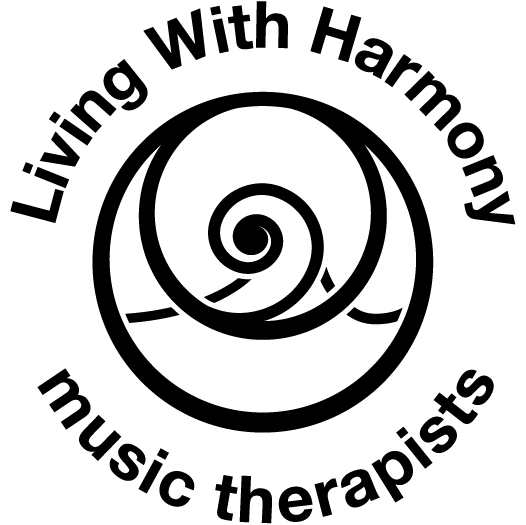Safeguarding Focus Groups
Sounds of Safety
The Sounds of Safety focus groups are an innovative approach to running focus groups to include verbal and non-verbal participants. The process gives you a written report based on the ideas and experiences of all participants. This report should enable you to align the needs and aspirations of the services users, their families, the staff, managers and owners or trustees, bringing an authentic shared vision to the organisation.
The focus groups use a model based on the 'Signs of Safety' model developed for working with children. The model Signs of Safety has three pictures of Houses, the House of Good things, the House of Worries and the House of Dreams. In our Sounds of Safety approach we focus on one image of one house. Participants are asked to think, speak, sing, dance or act their responses to the good; to the worries; and to the dreams of their house, as a community. Those who can are asked to put the ideas down on paper by drawing pictures or most often by writing down the ideas of the group.
The focus groups are led by music therapists Alistair Clarkson and Meta Killick. The participants include all members of the organisation and family members. The music therapists create a context in which ideas as words, actions or sounds could be felt, expressed and thought about. In addition, the therapists guided the participants through a process in which our What Good Looks Like tool is explored.
What Good Looks Like
What Good Looks Like is a development of the Early Indicators of Concern, identified by Dr Peter Oakes and David Marsland, from the University of Hull, in response to the concerns which came to light following the events at Winterbourne View. What Good Looks Like is a unique strengths-based analysis of residential living, supported living and nursing homes developed within the Making Safeguarding Personal project in Sutton.
The Focus Group
The focus group looks at each of six areas identified in the What Good Looks Like assessment tool. The model can also be adapted for hospital and educational settings.
The Six Areas:
Service Users Wellbeing - What is our home for?
Staff Skills - What makes me feel good in this home? (Question to residents)
Service Planning - What is good about working in this home? (Question to staff)
Management and Leadership - What's good about our managers?
Quality of Care and the Environment - What's good about how we are looked after?
External Agencies Involvement - Who comes to help us? Who do we go to see to help us?
These six areas, as questions, are placed on a simple picture of a house as six rooms. Each of the six areas are used as stimulus for discussion and expression. Our Sounds of Safety approach encourages appreciation and valuing of what is positive in the organisation, the clear stating of any problems and then the collective building of a vision for a positive future.
Your Plans?
The best way to predict the future is to create it for yourself. With dreams which are about building on your strengths, delivering the future of your dreams should feel easy. It is not necessary to do anything new.
What is important is to acknowledge what your strengths are and purposefully grow these. When designing a plan for the dream future of any organisation the top strengths are where it is most effective to grow from. Focusing on these areas when drafting your mission statement or creating your business plan is the outcome from the focus group.

